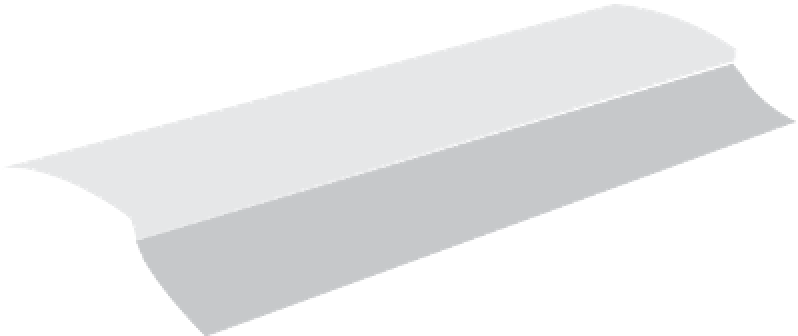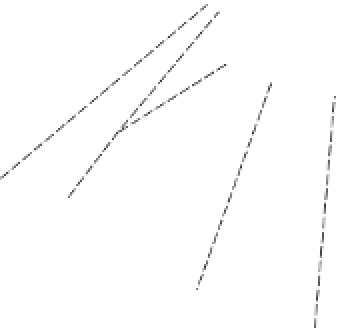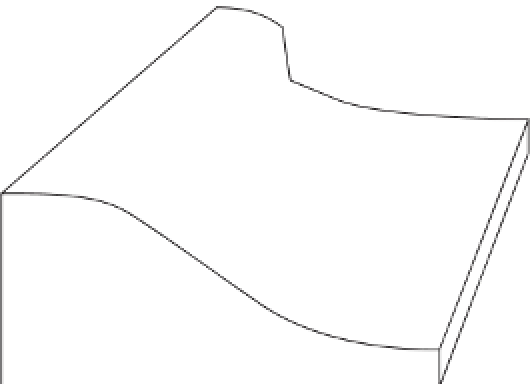Geology Reference
In-Depth Information
Wood
(1942)
Ruhe
(1960)
Waxing slope
Savigear
(1965)
Summit
Dalrymple
et al
.
Free face
Free face
Constant slope
Shoulder
(1968)
Upland flats
Constant slope
Interfluve
Crest slope
Backslope
Seepage slope
Waning slope
Convex creep slope
Midslope
Fall face
Footslope
Transportational slope
Toeslope
Footslope
Lowland flats
Colluvial footslope
Alluvial toeslope
Figure 7.3
Systems for naming hillslope elements.
and lower wash slope (Wood 1942). A widely used sys-
tem has five slope units - summit, shoulder, backslope,
footslope, and toeslope (Figure 7.4) (Ruhe 1960). A sim-
ilar system uses different names - upland flats (gradient
less than 2
◦
), crest slope, midslope, footslope, and low-
land flats (gradient less than 2
◦
) (Savigear 1965). The
nine-unit land-surface model embraces and embellishes
all these schemes and distinguishes the following units -
interfluve, seepage slope, convex creep slope, fall face,
transportational slope, colluvial footslope, and alluvial
toeslope (Dalrymple
et al
. 1968).
Different slope processes tend to dominate the var-
ious slope elements along a catena. On convex slope
segments, commonly found on the upper parts of hill-
slope profiles, soil creep and rainsplash erosion dominate,
at least when slopes are below the threshold for rapid mass
wasting; subsurface movement of soil water is also impor-
tant. Where convex segments are steeper than about 45
◦
,
fall, slide, and physical weathering are the chief pro-
cesses. Straight (mid-slope) elements usually receive a
large amount of material from upslope by mass wast-
ing processes (including flow, slump, and slide), surface
wash, and subsurface water movement. Concave slope
Free
face
Figure 7.4
Ruhe's (1960) slope units.
elements are commonly sites of transport and deposition.
They usually develop near the base of hillslope profiles in
situations where waste material moving down the hillside
through mass wasting and surface and subsurface water
action comes to rest and rivers at the hillslope base do
not remove it.








